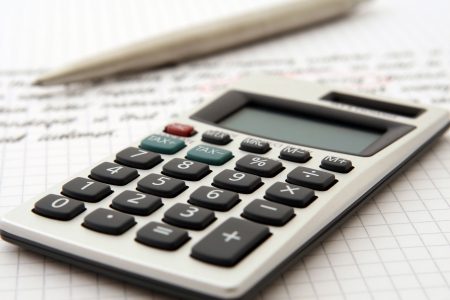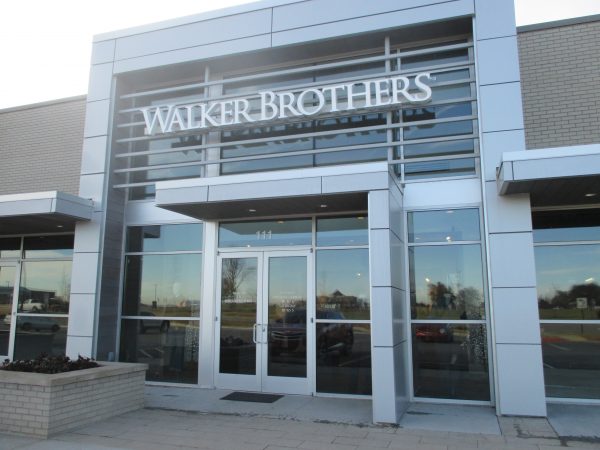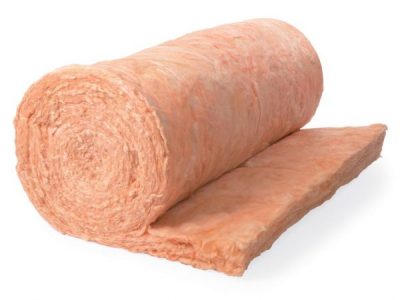One of the cornerstones of energy efficient design is that any project should be a good financial decision. That is why I often describe our energy consulting services as a way to “save money by saving energy.” Any decision to replace lights, HVAC systems, or even to retrain employees must be a good business decision. Since many projects cost money up front, it falls to Return on Investment (ROI) calculations to show that money will be saved in the long run.
I primarily use what I call a simple ROI calculation. All you need is two pieces of information: 1) How much does the project initially cost, or if the unit is due to be replaced anyway, what is the difference in cost over a direct replacement? 2) How much will the new equipment save in annual expenses? At that point you can divide the initial cost by the annual savings to come up with how many years it takes to break even. Whether the timeline is good or bad will depend on your business situation, but in general if it is less than the lifetime of the equipment then you have proven that some savings are available.
For example: A business owner has a standard efficiency 5 ton rooftop air conditioner on their building. The unit stops working and needs to be replaced. Another standard efficiency unit will cost $6000, but the manufacturer also sells a high efficiency model for $6800. The unit will save the building owner $200 a year in energy costs. Divide the incremental cost of $800 by the annual savings and you calculate a simple ROI of 4 years. The unit should last a minimum of 10 years so the building owner can expect to save a total of $1200 over the remaining lifetime of the unit.
More complex ROI or payback models could take into affect the time value of money (inflation), maintenance costs and incentive programs. Projects should be worth enough that a building owner won’t make more money by simply investing their capital somewhere else. Sometimes more efficient equipment can require extra maintenance and if this increases your expenses if should be included in the ROI calculations. Incentive programs can really help an ROI by directly offsetting the incremental cost of a more efficient unit. Going back to our example, if a utility rebate paid $400 for the installation of the new unit, the ROI goes from 4 years to only 2!
If you are interesting in saving money on your building by saving energy, consider hiring us to complete a Small Business Energy Audit. We will review your building and provide you with options for saving money. We’ll also review utility incentive programs to help cover the cost of the improvements. Our goal is to provide an affordable service that a business can use to reduce their energy costs. We are happy to work with you to find a solution that fits your budget. If you own or manage a building and are interested in an audit, please contact us today.




